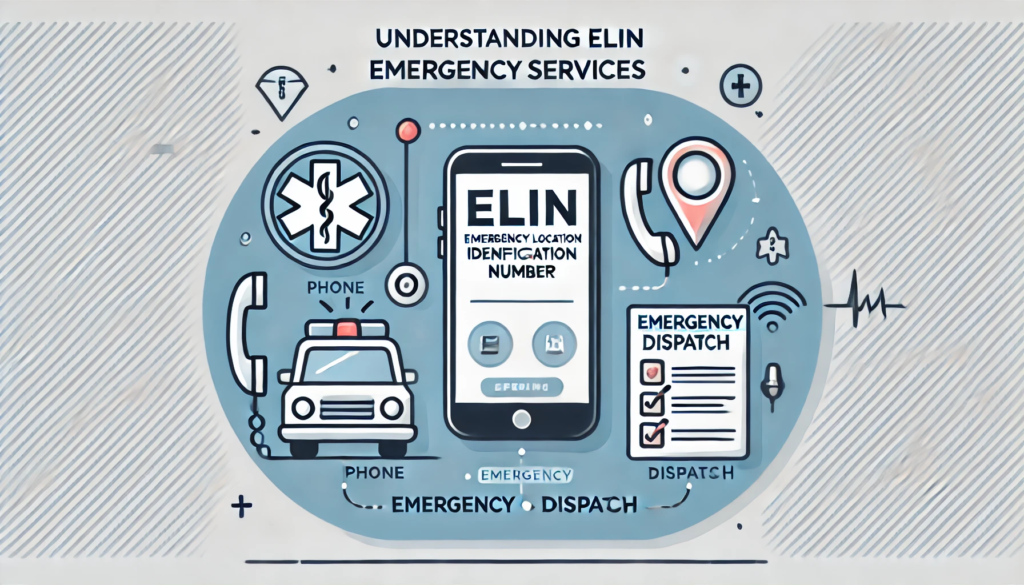
How ELIN Works
Every telephone line in the United States is assigned a unique 10-digit number known as an Emergency Location Identification Number (ELIN). This number plays a crucial role in the emergency response system by ensuring that when someone dials 911, their call is accurately routed to the nearest Public Safety Answering Point (PSAP).
At the PSAP, emergency dispatchers use the caller’s ELIN to pinpoint their exact location. This precise location information is vital for connecting the caller with the appropriate first responders swiftly and effectively.
To guarantee that emergency dispatchers can accurately determine a caller’s location, service providers must maintain up-to-date ELIN databases.
This involves updating customers’ addresses and phone numbers when they move or change their service. Moreover, service providers must ensure their network infrastructure supports Enhanced 911 (E911) services. Failure to do so can result in significant liability in the event of an emergency.

The Importance of ELIN in Next-Generation 911 (NG911) Systems
ELIN is a cornerstone in the evolution of 911 services, particularly with the advent of Next-Generation 911 (NG911) systems. NG911 is a nationwide initiative aimed at upgrading 911 systems to accept a broader range of data types, including text messages, photos, and videos. This upgrade will allow callers to provide dispatchers with more comprehensive information about their emergency, thereby enhancing the first responders’ ability to assess and respond to the situation accurately.
For instance, if someone calls 911 to report a car accident, they could send a photo of the accident scene along with their location information. This additional context would enable emergency dispatchers to understand the severity of the accident better and dispatch the appropriate personnel and equipment more efficiently. NG911 also holds significant benefits for individuals with hearing or speech impairments, as it allows them to communicate directly with 911 operators via text message—an option not available with traditional voice-only 911 services.

Challenges and Responsibilities of Service Providers
Service providers play a critical role in the effectiveness of ELIN and NG911 systems. Their responsibilities include:
– Maintaining ELIN Databases: Ensuring that customers’ location information is current and accurate.
– Network Support: Upgrading and maintaining network infrastructure to support E911 and NG911 services.
– Compliance: Adhering to regulatory requirements to avoid liability and ensure the safety of their customers.
Neglecting these responsibilities can have severe consequences. Inaccurate or outdated ELIN data can lead to delays in emergency response, which can be life-threatening. Therefore, it’s imperative for service providers to stay vigilant and proactive in managing their ELIN databases and network capabilities.

In our increasingly technology-driven world, it’s essential that our emergency services keep pace with our evolving needs. ELIN is a vital component of this effort, ensuring that callers can always reach help when they need it most.
As we transition to NG911 systems, the role of ELIN becomes even more critical, providing the foundation for a more responsive and capable emergency response system.
Service providers must prioritize the accuracy of ELIN databases and the robustness of their networks to support these advanced services—because in emergencies, every second counts.
